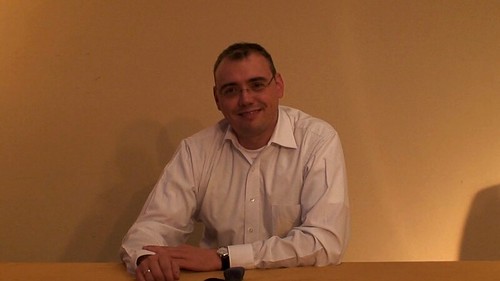
Photo Credit ChicagoEye [audio:http://media.libsyn.com/media/redmonk/StanLitowPodcast.mp3]
My guest on this podcast is Stan Litow. Stan is IBM’s VP for Corporate Affairs and Corporate Citizenship.
IBM recently issued their 2008 Corporate Responsibility Report. It is an extremely interesting, very comprehensive overview of IBM’s work in this space. You can download the entire report here (PDF warning!).
Having gone through the report, I was interested to discuss it with Stan and he graciously agreed to come on the show and gave a fascinating look at some of the thinking behind IBM’s initiatives in this space.
Download the entire interview here
(20.3mb mp3)


